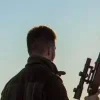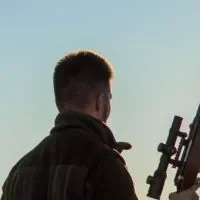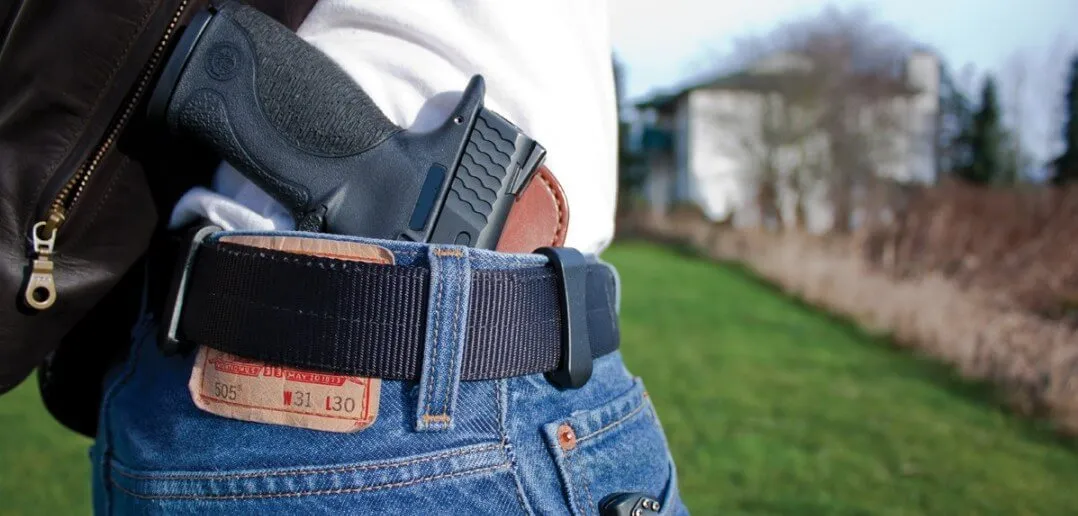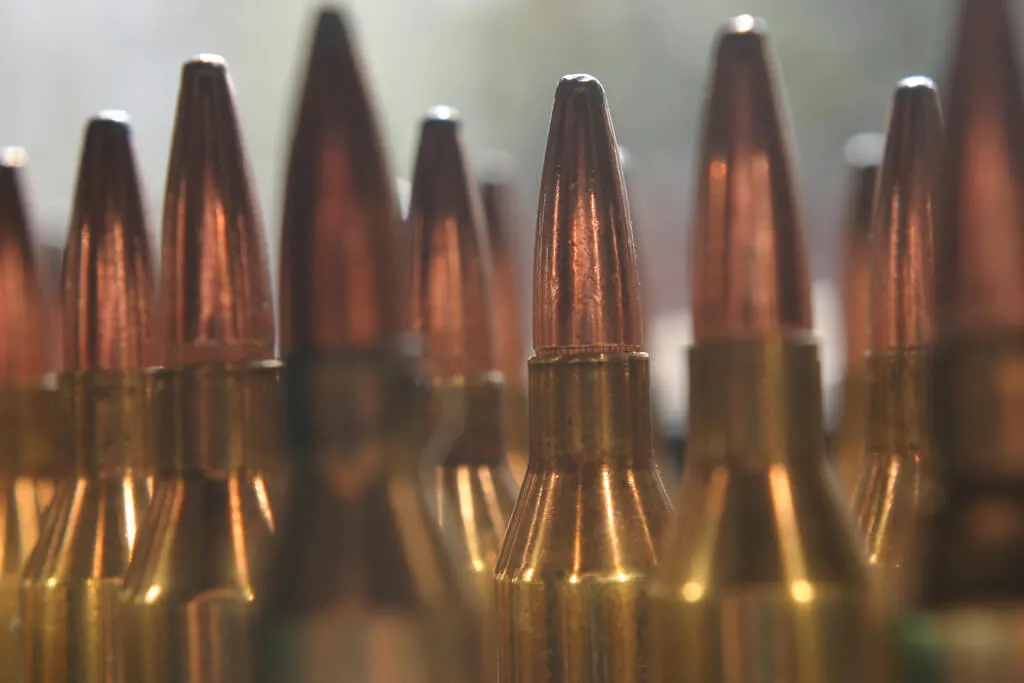A ghillie suit is an outfit worn by hunters, snipers, and combatants to camouflage themselves in their surroundings to avoid being seen. The term ghillie is derived from the Gaelic word meaning “boy”, referring to young male servants who assisted during hunting excursions. While nature has taught us a thing or two about camouflage, it was only during the 20
th century when the use of ghillie suits first came into play by the British Lovat Scouts during the Second Boer War in 1899 – 1902. It just so happens that the Lovat Scouts were the British Army’s first sniper unit.
From military and hunting operations to paintball gaming, ghillie suits are intended to cover the shooter’s body entirely. Although some may simply use camo jackets or ponchos, adorning a true camouflage outfit ensures the target never detects what’s coming as you blend into the environment and become invisible. Depending on what your shooting purpose is, you can either employ a camo net if staying in a fixed position or a full ghillie suit to keep hidden without impeding your mobility.
Simple Camo Net
The advantage of using a camo net is easy portability and adaptability for fixed positions but it’s not suitable if you intend stalking and crawling through bush. You can either purchase camouflage nets, or you can make your own using a fish or shrimp net. If going with the fish-type net, it’s important to wash and dry it several times to completely get rid of any noticeable smells. Because it needs to be durable, it should be made of twisted line and have an anti-rot coating, which most shrimp nets will have.
Camouflage netting also works well. Take a shroud or short poncho that can cover your head, shoulders and hangs below the waist, with one side covering the knees. Cut the net in an asymmetrical shape like a rounded triangle. Modify the shape of the net to break the outline of your body, and sew on pieces of burlap to the netting in an irregular pattern to enhance the efficacy at short distances. Place the net over your head and position it so that your view is not obstructed. You need a large hood and a lot of overhang to cover your face. Gather the net with thin nylon web strap to tie it in place, keeping the back longer to cover the upper legs. Purchase different colors and textures of camouflage burlap and cut it into strips shaped like a bow tie. The thinnest part of the cut-out burlap is where you need to tie the strip around a piece of the net. The sides of the bow tie must be unbalanced with the shortest side being 5 – 6 inches and the longest at 9 inches. Securely tie the bow to the net with two half hitches and allow space between the strips. Alternate between using different burlap colors when tying them on so you avoid creating any noticeable patterns. To keep the hood in place, have two straps at the neck and one at the waist so you don’t lose the suit if you get tangled.
It’s easy to make a simple net, which is light and flexible allowing you to stretch it overhead into any position required for the situation. You can use grass, branches, leaves and whatever else matches your surroundings and apply these to the holes and loose burlap for extra effect. Finally, you’ll need an apron, so you remain comfortable in the same position for extended periods of time. Proper aprons are made from a canvas shelter half, which can also provide warmth and protection from rain. But remember to keep it short so it’s easier enough to roll up and run with.
BONUS OFFER: Get your free shooting range targets to print at home!
BDU Method
The Battle Dress Uniform method has its’ advantages with always staying on and completely covering the body. The downside is that wearing it for long periods makes it’s a hot and cumbersome attire. It’s also worth noting that ghillie suits are most effective when using a two-piece uniform.
Take a BDU and sew on pieces of camo that are also irregular in shape, color, and size. By avoiding any obvious configuration, it helps break the outline of the body, so you don’t make it look like you’re a person wearing a ghillie suit. For example, if you mainly hunt in the prairies, you will want to stick with using brown grass colors with light touches of light green in between.
Sew these strips onto the BDU and you can include using a net or mesh as well that’s sewn to the shoulders and small of the back. Add the mesh to the pants from the ankles to the waist, making sure you cover the calves and upper thighs. Then sew the strips of camo strips to the mesh. Instead of using the apron like with the simple net method, add the canvas from a shelter half on the front of the shirt including the pants so the knees are also covered. Make sure you use a good needle and strong thread because you don’t want the canvas coming loose while on your shooting mission. These suits can be hot and bulky to wear but necessary if you intend covering open ground without being noticed. And, if you’re going to all this trouble to make an effective camouflage outfit, remember not to wear anything that negates the camo such as wearing a watch or ring that will catch the light and reflect, giving away your position. Also make sure that exposed body parts are well-covered too.
Lastly, while you have yourself covered and hidden, the same needs to be applied to your weapon so that it doesn’t stick out like a sore thumb. You can wrap the rifle in burlap using one long strip with smaller, uneven strips sewn onto it without hindering your access to the adjustment knobs or obstructing the scope’s view.














